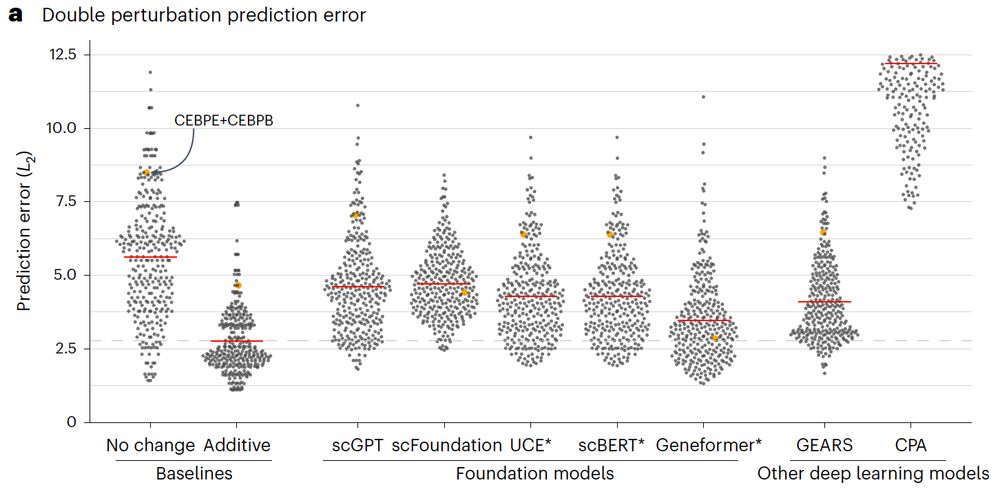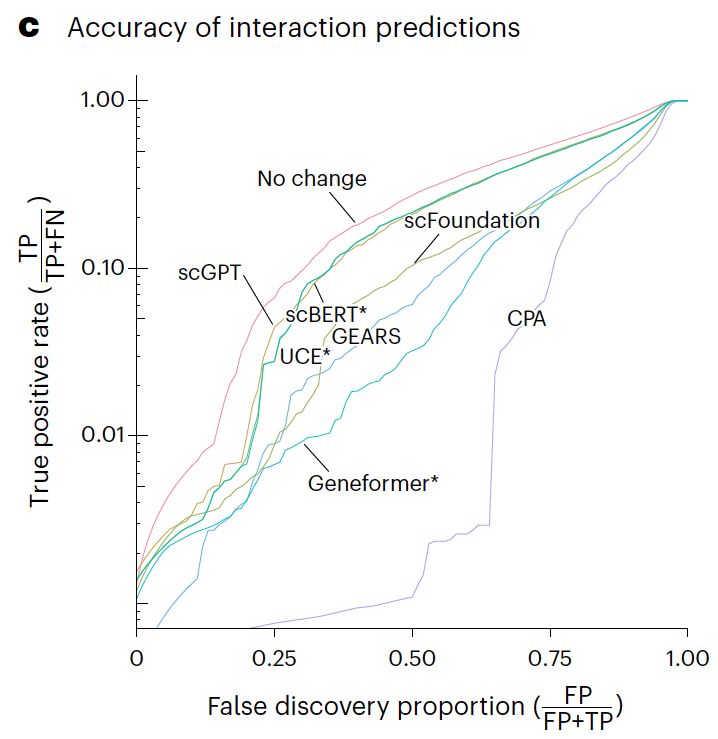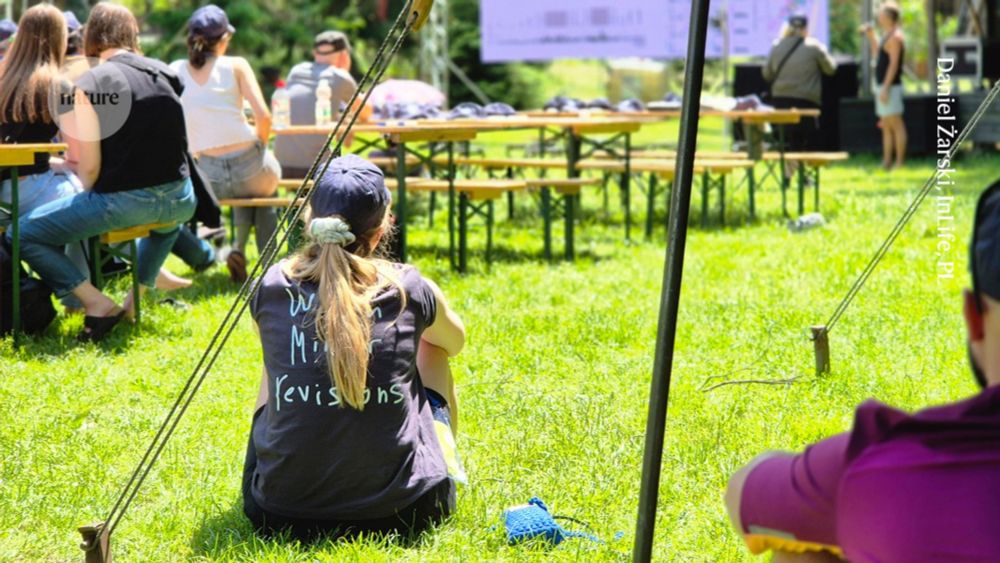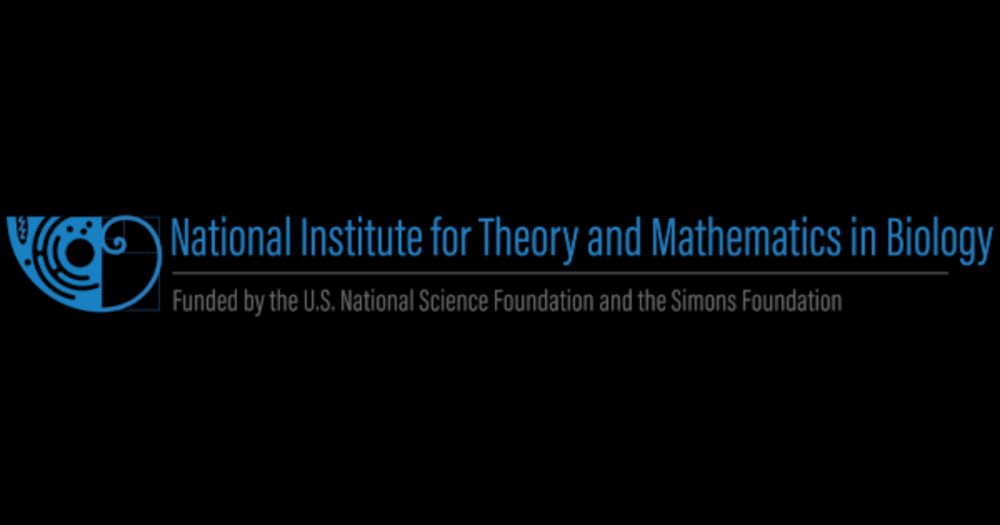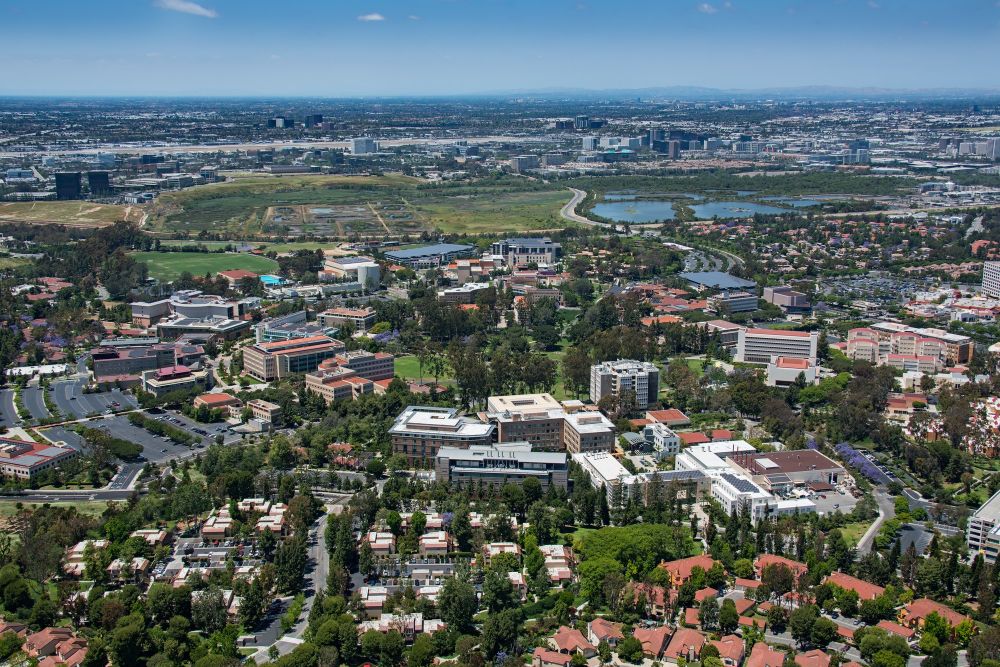SeppeKuehnLab
@seppekuehnlab.bsky.social
1.6K followers
1.3K following
190 posts
Physics and biology of microbial communities. Structure, function, evolution. Center for the Physics of Evolving Systems. Dept. of Ecology and Evolution. UChicago. @NITMB, @CLS. kuehnlab.org
Posts
Media
Videos
Starter Packs
Pinned
SeppeKuehnLab
@seppekuehnlab.bsky.social
· Aug 31
SeppeKuehnLab
@seppekuehnlab.bsky.social
· Aug 12
SeppeKuehnLab
@seppekuehnlab.bsky.social
· Aug 12
SeppeKuehnLab
@seppekuehnlab.bsky.social
· Aug 12
SeppeKuehnLab
@seppekuehnlab.bsky.social
· Aug 10
SeppeKuehnLab
@seppekuehnlab.bsky.social
· Aug 10
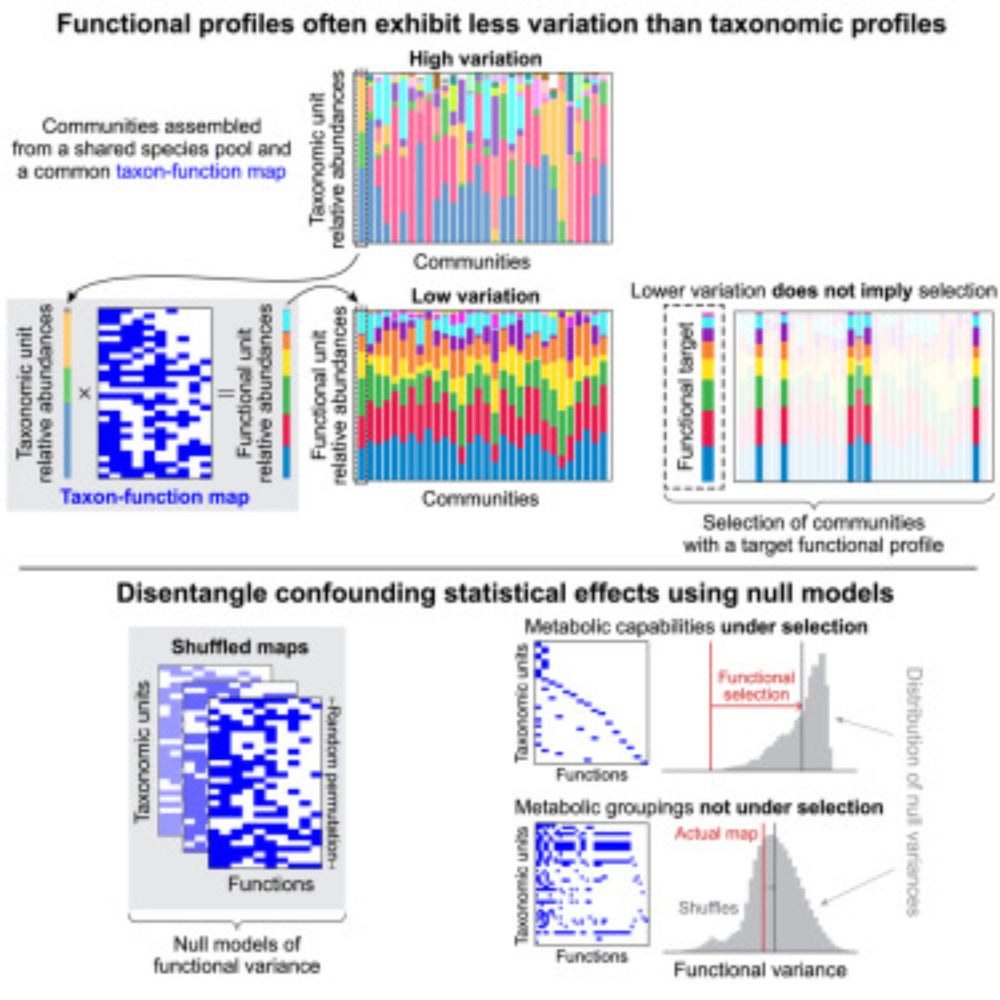
Challenges in interpreting functional redundancy and quantifying functional selection in microbial communities
Microbiomes often show similar functional profiles despite highly variable taxonomic compositions, a phenomenon attributed to “functional redundancy” …
www.sciencedirect.com
Reposted by SeppeKuehnLab
Reposted by SeppeKuehnLab
Reposted by SeppeKuehnLab
SeppeKuehnLab
@seppekuehnlab.bsky.social
· Jul 28
SeppeKuehnLab
@seppekuehnlab.bsky.social
· Jul 27

A universal trade-off between growth and lag in fluctuating environments - PubMed
The rate of cell growth is crucial for bacterial fitness and drives the allocation of bacterial resources, affecting, for example, the expression levels of proteins dedicated to metabolism and biosynt...
pubmed.ncbi.nlm.nih.gov
Reposted by SeppeKuehnLab
Reposted by SeppeKuehnLab
Reposted by SeppeKuehnLab
Reposted by SeppeKuehnLab
Nature
@nature.com
· Jul 17

Functional regimes define soil microbiome response to environmental change - Nature
Experimental perturbation of soil pH leads to a generalizable model of the soil microcosm comprising three functional regimes with distinct mechanisms linking environmental change to metabolite dynamics.
go.nature.com
SeppeKuehnLab
@seppekuehnlab.bsky.social
· Jul 17
SeppeKuehnLab
@seppekuehnlab.bsky.social
· Jul 17
SeppeKuehnLab
@seppekuehnlab.bsky.social
· Jul 17
SeppeKuehnLab
@seppekuehnlab.bsky.social
· Jul 17




